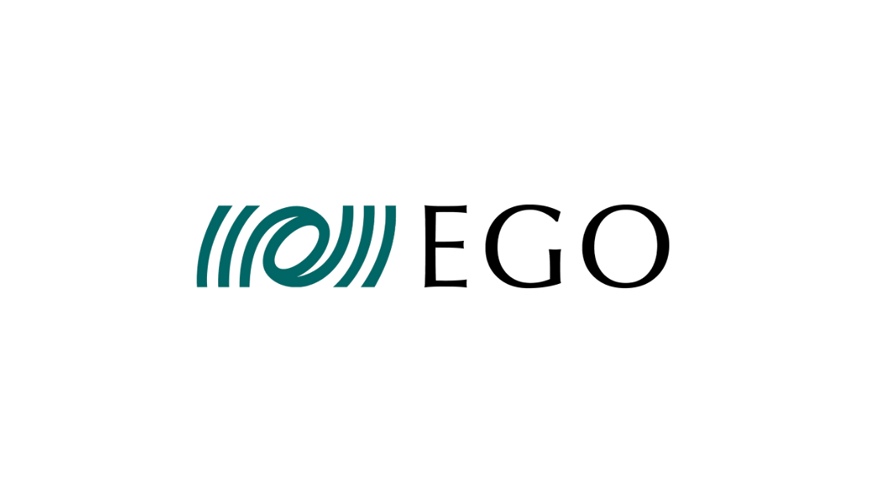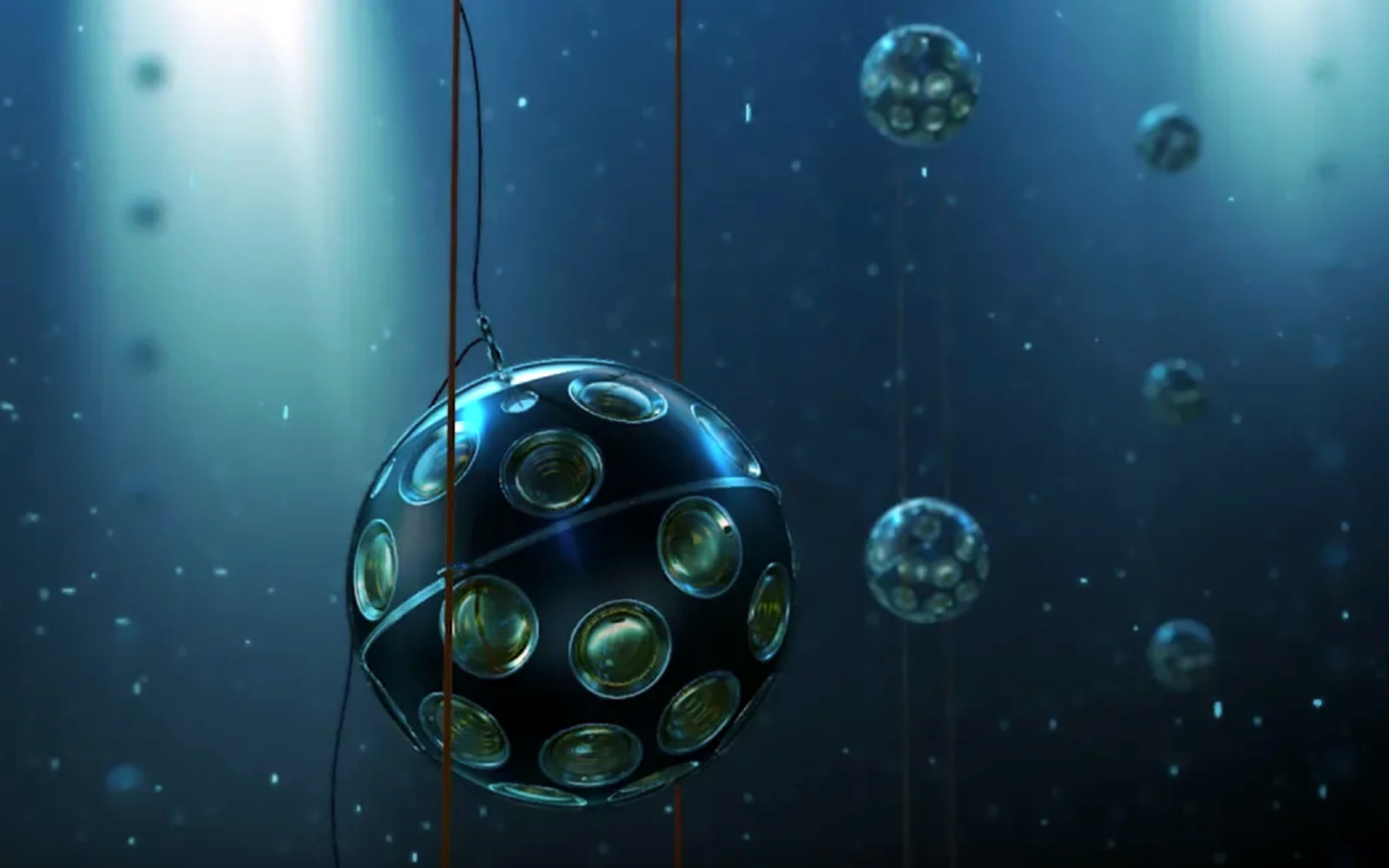International research infrastructures in Italy
Italy hosts two important pieces of international research infrastructure dedicated to the research into gravitational waves and neutrinos. Here, INFN has a front-line role in terms both of the research and management appointments and in terms of the financial contribution. These are the European Gravitational Observatory (EGO) and the European submarine facility KM3NeT. In addition, Italy is a candidate to host a third large piece of infrastructure, the Einstein Telescope (ET), in Sardinia, in Nuorese. This is a third-generation gravitational wave observatory that will be built in Europe.



